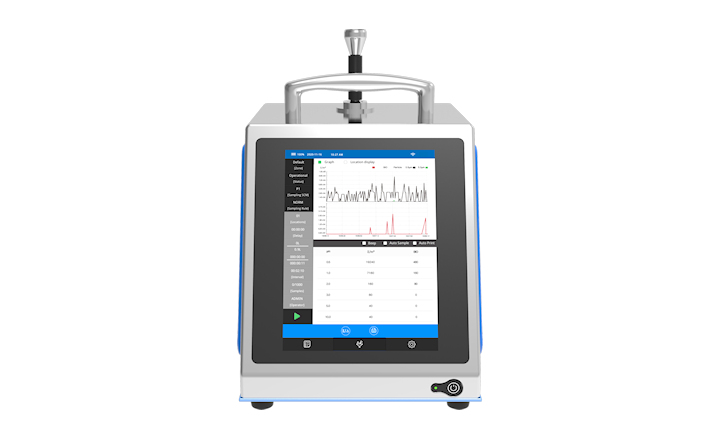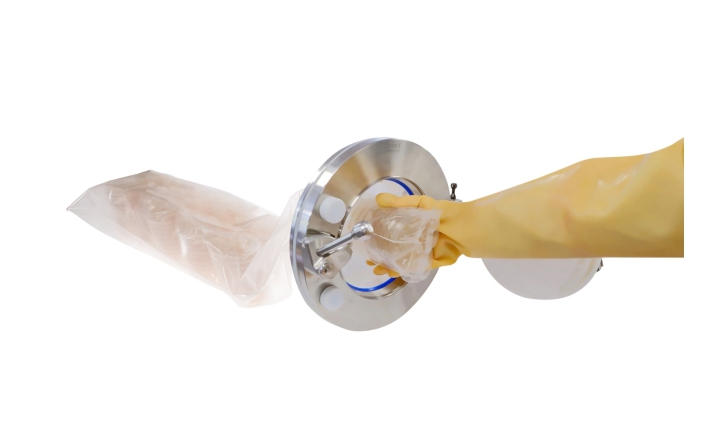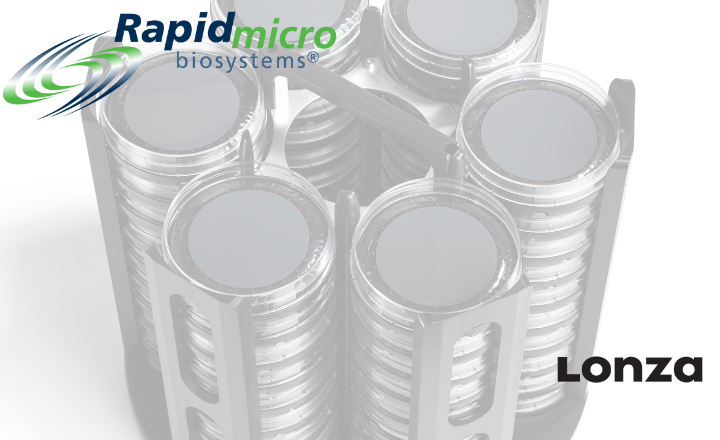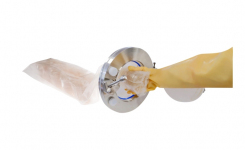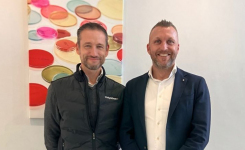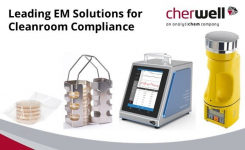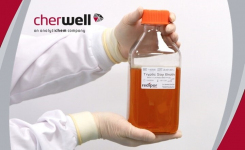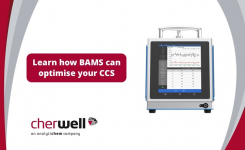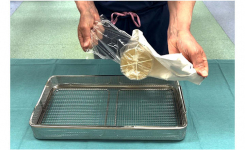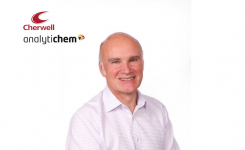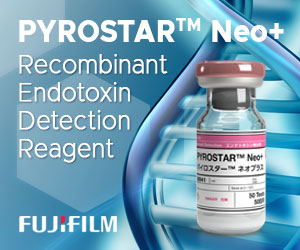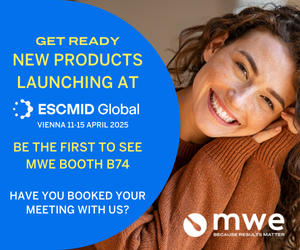
Over the last 25 years Cherwell Laboratories have developed a range of contact plate products to overcome both general problems of handling and specific problems brought to us by individual customers.
We currently manufacture 62 varieties of contact plate products all of which now use the latest grip-lid plastic dish. The grip-lid design ensures that the plates are secure if stacked on the bench or in the incubator and the lid remains in place until it is removed by the user. When the lid is replaced after sampling, inspection or subculture it is again secure, yet it is no more difficult to manipulate with one hand than the traditional design.
Contact plates, sometimes known as RODAC (Replicate Organism Detection and Counting) plates, take significant skill to fill perfectly but if you can buy them pre-filled they have unrivalled convenience. The contact plate is a plastic dish filled with agar to give a convex surface with an area of 25cm². The two principal applications are surface sampling, so that the count of colonies after incubation can be directly related to the contamination as cfu/unit area, and air sampling, where the contact plate is used in a SAS active air sampler to produce cfu/unit volume.
The choice of media and pack option is dictated by the environment and the microbiological risk at the test site combined with the regulatory requirements or the preference of the microbiologist. Total viable counts in the pharmaceutical industry use mostly TSA, with SDA for yeasts and moulds in air, while others prefer Nutrient Agar or Blood Agar with Malt Extract Agar or Rose Bengal. When specific contaminants are suspected selective and differential media can be helpful. MacConkey for Coliforms, Pseudomonas selective agars, Baird Parker for Staphylococcus are common examples.
If the surfaces to be sampled have been cleaned with disinfectants it is necessary to incorporate an appropriate neutraliser for each biocide into the medium. Lecithin and Tween (Polysorbate) are common with Thiosulphate, L-Histidine, Thioglycollate and bisulphate in various combinations.
Where the environment might contain other growth inhibitors these also need to be considered. For example we incorporate b-Lactamase enzyme in plates for use in Cephalosporin production areas.
For use in isolators or clean rooms it is required that not only the agar surface but the container and the outer packaging are all sterile. This is achieved by gamma irradiation of the plates after packing. Most plates in this application are expected to show no growth so it is essential that the plates are free from visible contaminants.
The secret is in the manufacturing process. At Cherwell plates are filled automatically under laminar flow in an ISO Class 7 clean room and inkjet labelled. They are then stored for several days at room temperature before being inspected. Any plate with visible imperfections such as cracks or bubbles is rejected (this would also remove any contaminated plate) before the perfect plates are stacked in 10s, bagged, heat-sealed and labelled, all inside the clean room. Plates for irradiation are then wrapped in additional layers of clear heat sealed bag if required and packed into plastic lined cardboard boxes. Boxes of 100 plates are sealed, labelled and sent for irradiation the same day. The box should be stored at room temperature and opened close to the point of use. The final reassurance for the user is that the plates are visible through the clear wrapper and could be rejected before opening in an aseptic environment.
Cherwell Laboratories would be delighted to help you select the right product and if you need something different from our other users, we will offer to make variety 63 for you.



